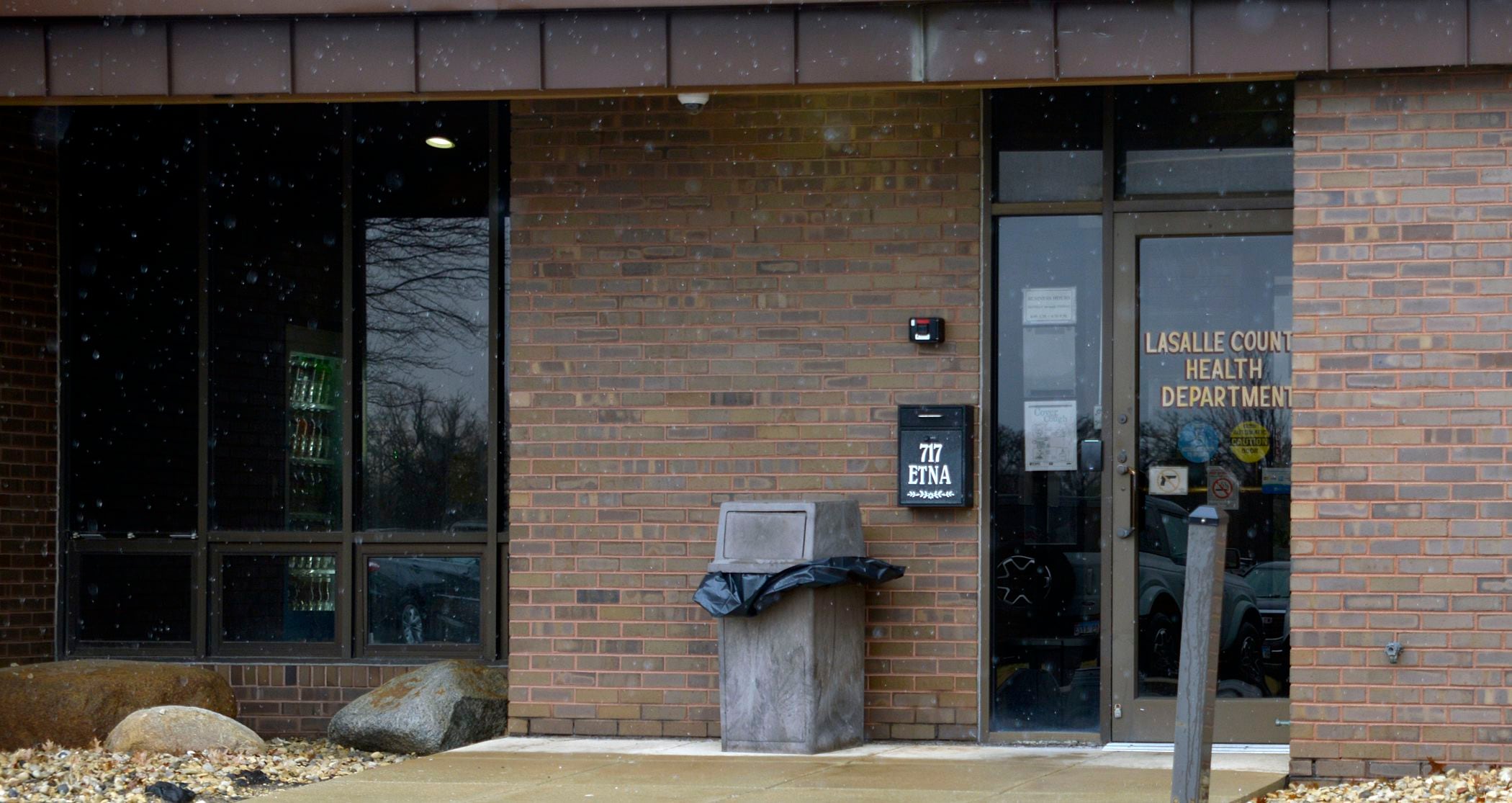Mark your calendars for May 18, when the Berkeley Architectural Heritage Association (BAHA) will have its annual Spring House Tour, this year featuring the city’s Claremont Park neighborhood.Related ArticlesBerkeley, a Look Back: A controversial school board campaign shaping up in 1925Berkeley, a Look Back: City’s church building boom underway in mid-1920sBerkeley, a Look Back: Construction starts on new commercial buildingBerkeley, a Look Back: 1925 plans announced for city’s first ‘skyscraper’Berkeley, a Look Back: Construction starts in 1925 on UC’s Hearst gymSeveral present-day residents of the historic neighborhood will open their historic homes for the tour. At the time of this writing eight houses are included, with another three possible.
As with BAHA’s past tours, attendees will get to visit an array of home interiors and gardens with a detailed booklet in hand describing the history and character of each building.Most of the houses are classic Berkeley brown shingles. Two recently renovated homes will be on the tour, along with houses that retain almost all of their early 20th century design details and character.

One house on the tour is still lived in by descendants of the family that built it in 1909.Houses on the tour all date to between 1905 and 1913 and include designs by architects John Hudson Thomas, Walter Ratcliff Jr. and Ernest Coxhead.
They range from a classic bungalow with river stone porch columns to a four-story stucco mansion. They’re all located on an easy, level, walking loop along Plaza Drive, Encina Place, Parkside Drive and adjacent blocks.Claremont Park is east of Claremont Avenue and south of the Claremont Hotel.
It was one of the first projects of the then-new Mason-McDuffie real estate company. They aimed to, in the words of BAHA Executive Director Anthony Bruce, “create on what had been open ranch land a residential enclave for San Franciscans tired of frenetic city life.”A streetcar line was proposed along what is now Claremont Avenue, which would easily transport resident businessmen to the Oakland ferry terminals and thence to San Francisco.
Promotional materials for the subdivision said each lucky resident could “reach his home in Claremont in half an hour ...
and breathe pure air, rejoice in the glories of the sunset bay and the morning hills and watch the healthy, happy growth of his children.”The neighborhood lived up to that billing, with quiet streets (now tree-lined) and even a creek meandering through the front gardens of several homes. Despite the marketing thrust, many of the earliest houses were built not by newcomers but by Berkeley residents.
The first house went up in 1905, and eight were built or begun in 1906 despite the disruptions of the San Francisco earthquake and fire that April and many others rapidly followed.Tickets for the May 18 tour from 1 to 5 p.m.
are $45 for the general public and $30 for BAHA members. You can buy tickets through Eventbrite at bit.ly/bahaspringtour2025 or by sending a check and self-addressed stamped envelope to BAHA at P.
O. Box 1137, Berkeley, CA 94701. In full disclosure, I’m on the BAHA board of directors and am part of the committee planning the house tour.
Park planning: A century ago, Berkeleyans were going to vote in May 1925 on bonds that would provide for more park and playground spaces in the rapidly growing town. On April 16, 1925, a group of civic leaders toured sites proposed for new parks as part of the election campaign.The tour included the “enlargement of Live Oak Park;” several hills-area properties; four blocks in south central Berkeley west of Shattuck Avenue and south of Ward Steet; and a block off Telegraph Avenue between Stuart and Oregon streets.
I haven’t looked ahead in the Berkeley Daily Gazette to see what the vote outcome was, but most of those locations didn’t become parks in the 1920s or later, aside from the future Civic Center park.Bay Area native and Berkeley community historian Steven Finacom holds this column’s copyright..
Top

Berkeley, a Look Back: Heritage group holding annual homes tour May 18

Claremont Park neighborhood houses built from 1905 to 1913 are the focus of this year's spring event.











